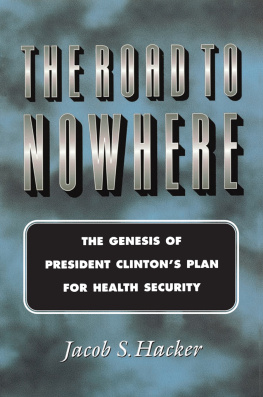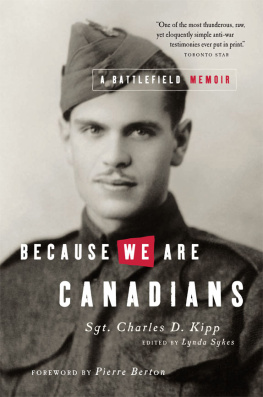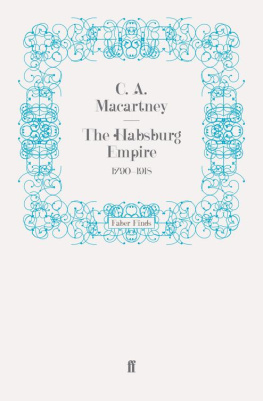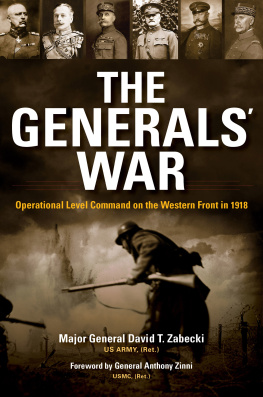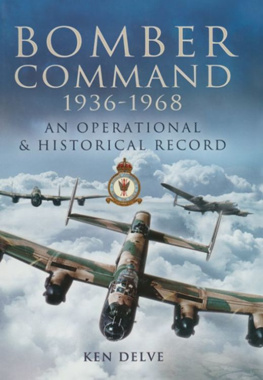This edition is published by PICKLE PARTNERS PUBLISHINGwww.picklepartnerspublishing.com
To join our mailing list for new titles or for issues with our books picklepublishing@gmail.com
Or on Facebook
Text originally published in 1987 under the same title.
Pickle Partners Publishing 2014, all rights reserved. No part of this publication may be reproduced, stored in a retrieval system or transmitted by any means, electrical, mechanical or otherwise without the written permission of the copyright holder.
Publishers Note
Although in most cases we have retained the Authors original spelling and grammar to authentically reproduce the work of the Author and the original intent of such material, some additional notes and clarifications have been added for the modern readers benefit.
We have also made every effort to include all maps and illustrations of the original edition the limitations of formatting do not allow of including larger maps, we will upload as many of these maps as possible.
MASS, MOBILITY, AND THE RED ARMYS ROAD TO OPERATIONAL ART, 1918-1936
by
Dr. Jacob W. Kipp
Soviet Army Studies Office U.S. Army Combined Arms Center Fort Leavenworth, Kansas
MASS, MOBILITY. AND THE RED ARMYS ROAD TO OPERATIONAL ART, 1918-1936
The first requirement for this paper is to deal with the problem of exactly what we mean by the three terms employed in the title. Mass in the Russian context has a double meaning. To some it unquestionably calls to mind the image of the Russian steamroller, which provided nightmares of Schlieffen and his planners in the decades before World War I. A simple process of extrapolation based upon the size of Russias standing army, the number of conscripts being inducted in any year under the universal military service statute, and the Empires total population provided a rough estimate of the total number of rifles and bayonets which the tsar could put into the field. The tsarist governments adoption of the Grand Program for rearmament in 1912 thus threatened to change the military balance on the continent. {1} Those forces would mobilize slowly, but, like a steamroller, their momentum would carry all before them.
Given the predominance of a short-war paradigm among European general staffs, this threat was real but not immediately compelling. The Germans assumed it could be answered by a rapid victory over France before such numbers could make their weight felt. It led German officers to influence their Austro-Hungarian counterparts to undertake initial offensive actions to reduce pressure upon the German covering forces protecting East Prussia and Silesia. The major modernization and expansion of Russian forces for which the Great Program of 1912 provided did create a window of vulnerability which German officers assumed would open around 1917. This in its own way contributed to an enhanced sense of impending threat. At the same time, fears that Russian manpower would not affect German deployments against their own offensive led French generals and politicians to press for commitments to immediate offensive operations by the Russian Army, even before mobilization was completed. In this context the myth of the Russian steamroller played its own special role in shaping pre-war military policy and the maneuver phase of World War I. {2}
Ironically, the Russian steamroller embodied one of the central contradictions of military affairs in the decade prior to World War I, i. e. the confusion of mobilization and concentration with deployment and maneuver. Mobilization and concentration through the systematic exploitation of the national railway system had, since Moltkes victories, been interpreted to be the key to strategic success. War plans, which became the domain of the various European general staffs, were a matter of defining the operational which would permit the most decisive concentration of troops against the enemys center of gravity during the initial phase of war. The location and capacity of the railroad net, when combined with a rational system for its rapid exploitation for the movement of standing and reserve formations, assumed paramount importance, while the maneuver of army groups was confined within the operational lines dictated by the mobilization process and the rail net. This has been described in some recent scholarship as the cult of the offensive since it envisioned using speed of mobilization as a means of gaining the initiative and imposing ones will upon the adversary by conducting offensive operations. {3}
Mass or the massing of forces and means was one of the problems of industrial war and war planning which most troubled the Russian General Staff prior to World War I. These officers were well aware of the relative disadvantages under which the Empire labored in its efforts to mobilize, assemble and deploy its forces at the start of hostilities. The scale and density of the German and Austro-Hungarian rail nets favored their mobilization, not Russias. Until two years before the outbreak of hostilities Russian war plans had, in fact, counted upon a covering force action in the initial period of war, while the mobilization was executed. {4}
Mass or more precisely the massing of forces and means [ massirovanie sil i sredstv ] refers to one of the principles of military art relating to the concentration of such forces and firepower upon the decisive sectors in order to secure a decisive superiority over the enemy and thereby achieve the goals of an operation or battle. {5} As Soviet authors assert, the massing of forces and means has long been a principle of military art. However, its application in practice has depended upon the level of development of the means of armed struggle and the talent of the military leader [ polkovodets ] to apply it in practice.
Mobility [ podvizhnost ] traditionally has referred to the ability to move forces and means rapidly prior to combat and in battle. Speed of deployment and redeployment were said to be relative to the capabilities of an opponent and have been characterized as a forces maneuverability. General H. Leer, Russias strategic theorist of the last part of the nineteenth century under the influence of Lloyd, Jomini and Napoleon, distinguished between strategic and tactical mobility. Strategic mobility took the form of the march-maneuver, by which the commander sought to bring his forces to bear at the decisive point, in superior numbers at the decisive time. Successful march-maneuvers set the stage for the general engagement. Thus, maneuvers were only a means of preparing for the decisive battle and not its conduct. {6} The distinction between strategic and tactical mobility was absolute. Under the influence of a worldview which sought out universal, unchanging laws, Leer sought to fit maneuver into the pre-existing categories of military art. For him, Moltkes genius consisted of the application of those laws in new circumstances. Leer sought those elements which united Moltke and Napoleon, not what made them different sorts of commanders in different sorts of wars.
THE RUSSIAN ARMY AND THE INDUSTRIALIZATION OF WAR
With the industrialization of war in the mid-nineteenth century the problems of mass and mobility became infinitely more complex. The new weapons extended the breadth and depth of the battlefield, increased the lethality of fire arms, played havoc with well-established concepts of combined arms, and made possible the more rapid mobilization of manpower for the conduct of the campaign. The traditional definitions of tactics as the direction of forces on the field of battle and strategy as the control of units as they maneuvered prior to engagement began to break down. This industrialization process had a number of salient features, which impacted upon all European armies, including that of tsarist Russia. First, it stimulated and guided a process of professionalization within the military, which emphasized technical mastery of the new means of destruction in a relatively narrow, applied form. {7} Second, it placed greater emphasis upon the problems of mobilization, concentration and deployment of forces. This, in turn, led to a fixation upon the problem of strategic war plans, which became identified with the most rational and expeditious means of getting men and materiel into the theater of military action.





